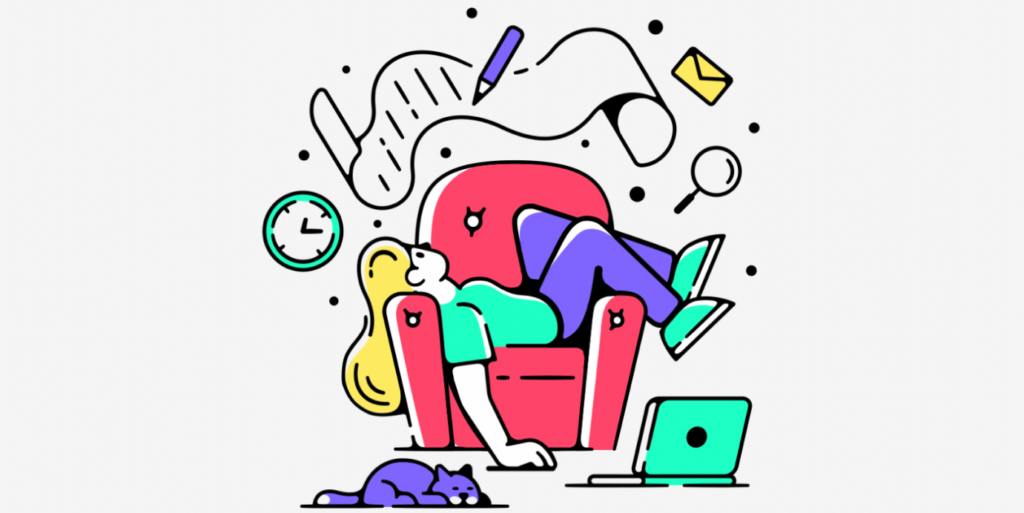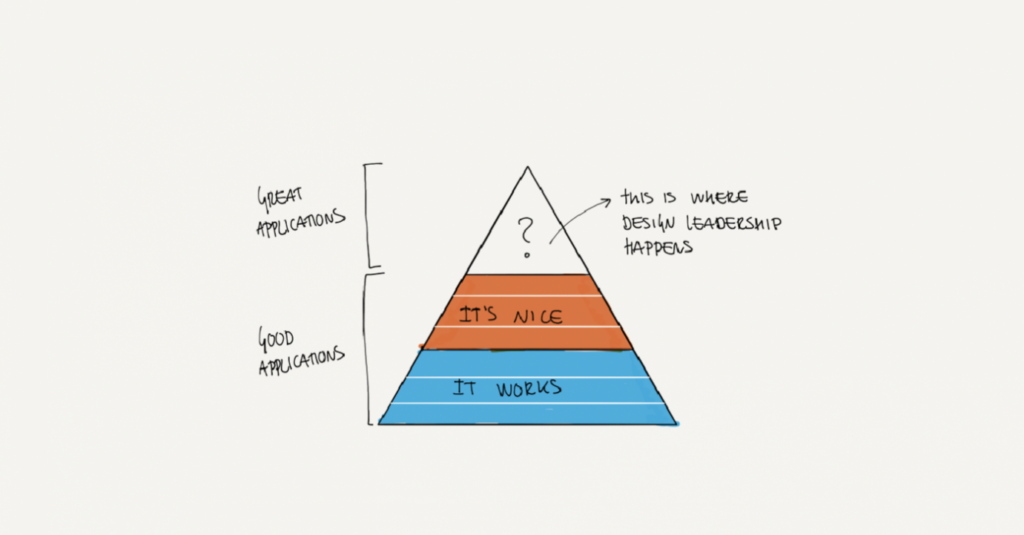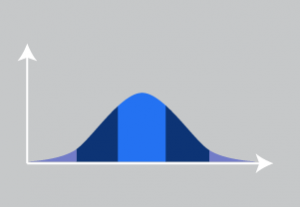- Customer Experience, Design, Design Theory, Product design
“Holistic design” sounds like a new flashy trend that’s used without a real meaning behind it. However, the term was present long before UX design was born. Nowadays, when we use “product design” for digital products and “industrial design” for things, “holistic design” makes a comeback to UX design.
Article by Masha Panchenko
What Is Holistic Design? The Future of UX or a Buzzword?
- To apply holistic design principles is to consider different facets of a product, stakeholders’ interests and the environment within which it functions.
- Best practices of holistic design consist of involving stakeholders, being sustainable, creating an ecosystem, and, last but not least, going beyond digital.
- When it comes to holistic design in UX, it’s essential to apply design thinking and reflect on the design system, make sure that solutions are inclusive and consistently invest in UX research.
Share:What Is Holistic Design? The Future of UX or a Buzzword?
Share this link
- November 9, 2021
7 min read







